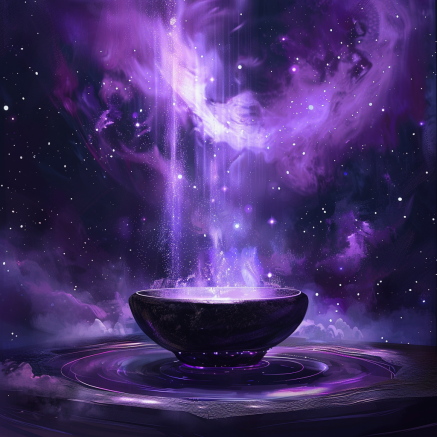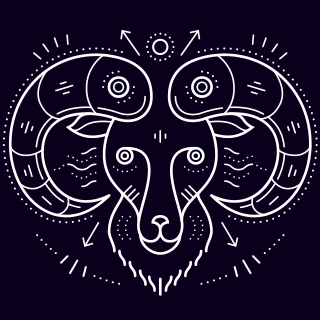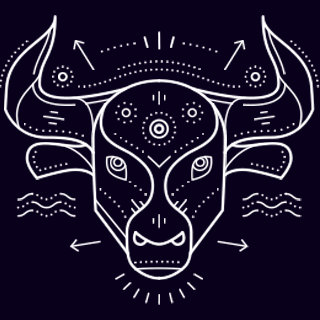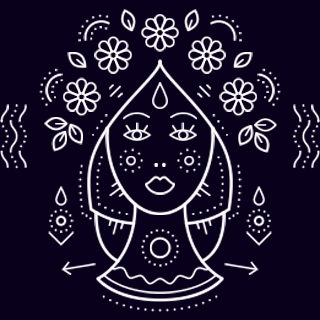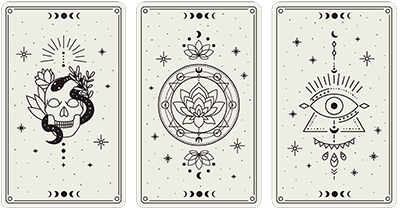What is Feng Shui?
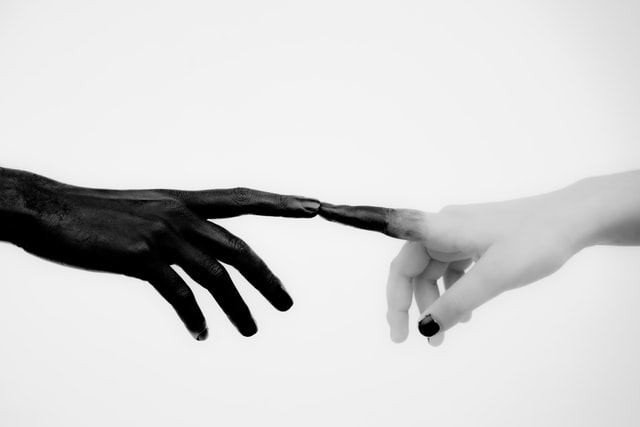
Feng Shui is an ancient Chinese art and science of locating a sacred place on this earth. Feng Shui has been documented as early as 960 B.C. It was discovered by priests of Taoism, who compiled their observations around nature and landscape, such as how the river flows, the movement of planets, and even animal behaviour. This explains its name, where the combination of Chinese words can roughly translate as “the way of wind and water”.
Ying & Yang
These observations were centred around energy, also known as chi, in the natural landscape. The chi is balanced in the landscape based on the energy principles of Yin and Yang. These same principles have been applied throughout history to all kinds of spaces, from graveyards to houses, to bedrooms, to architecture, for decoration and structure of the house to village and city planning.
This practice requires taking up conscious occupation in a space to create harmonisation. The combination of yin and yang energy creates balance. Each energy has its own properties, whether masculine, feminine, loud or quiet. These ying-yang energies can later be also translated into architecture, such as a bedroom can be considered a calm yin place, while a living room can be lively yang.
Balancing Elements
Feng Shui in modern times has expanded and evolved into a variety of ways for people to adjust it according to their elements. This practice uses the five basic elements to create balance and harmony; metal, fire, earth, water and air. Each of these elements can be represented by an object. These elements are moved around the body and by the house to create positive energy flow through the house. This harmonisation allows for space for mindfulness every morning and attunement to one’s environment.
Feng Shui encompasses a lot more Chinese astrology as it is vast in balancing elements, from understanding lucky numbers to recognising good corners, to mastering colours, to even specific items, light, and mirrors.



